Tag: sedation

Analysis of Fentanyl Pharmacokinetics and Tolerance in Critically-Ill Children
Different weight-based fentanyl dosing rates may be required for infants and children of different ages to achieve similar plasma concentrations. Using SBS scores may guide the dosing titration of fentanyl that resulted in... read more

Delirium Incidence, Duration, and Severity in Critically Ill Patients with COVID-19
Delirium without coma occurred in 29.1% of patients admitted to the ICU. Delirium persisted for a median of 5 days and was severe. Mechanical ventilation was significantly associated with odds of delirium even after adjustment... read more

Perspectives of Ketamine Use in COVID-19 Patients
Hospitalized coronavirus disease 2019 (COVID-19)-infected patients suffer from both physical impairments and mental stress. Respiratory insufficiency and cardiovascular disturbances require most of the intensive care... read more
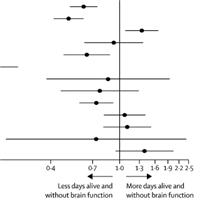
Delirium Prevalence and Risk Factors for Critically Ill COVID-19 Patients
Acute brain dysfunction was highly prevalent and prolonged in critically ill patients with COVID-19. Benzodiazepine use and lack of family visitation were identified as modifiable risk factors for delirium, and thus these... read more

Myorelaxants in ARDS patients
Neuromuscular blocking agents (NMBAs) inhibit patient-initiated active breath and the risk of high tidal volumes and consequent high transpulmonary pressure swings, and minimize patient/ ventilator asynchrony in acute respiratory... read more
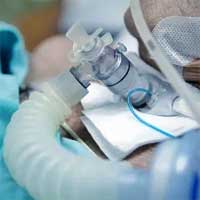
Efficacy and Safety of a Paired Sedation and Ventilator Weaning
The purpose of this study is to determine the impact of a new RN/RRT (Registered Nurse/Registered Respiratory Therapist) directed 2-step protocol to wean patients off of a ventilator. This protocol involves daily attempts... read more
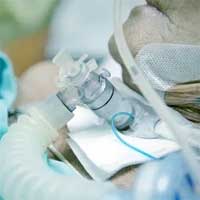
Efficacy and Safety of a Paired Sedation and Ventilator Weaning Protocol in ICU
Approaches to removal of sedation and mechanical ventilation for critically ill patients vary widely. Our aim was to assess a protocol that paired spontaneous awakening trials (SATs)—ie, daily interruption of sedatives—with... read more
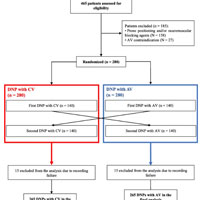
Automated vs. Conventional Ventilation in the ICU
Automated ventilation (AV) appears to reduce the incidence and severity of blood oxygen desaturation during daily nursing procedures (DNPs) in comparison to Conventional Ventilation (CV). Of the 265 included patients,... read more
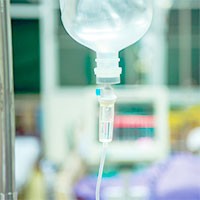
Comparing Procedural Amnesia and Respiratory Depression vs. MS and DS with Propofol
Targeting moderate sedation (MS) or deep sedation (DS) did not reliably result in the intended sedation level. Targeting MS, however, resulted in a lower rate of total AREs and fewer patients had multiple AREs with no difference... read more

Working in ICU is like Flying a Plane: The Secret World of Intensive Care
Stepping on to the ICU during this period was like entering another world. In a way intensive care has always seemed like a place removed from life outside said Mike Brunner, an intensive care doctor at Northwick Park hospital... read more

Dexmedetomidine for Prolonged Sedation in the PICU
High-quality data on dexmedetomidine use for prolonged sedation and a consensus on correct dosing and weaning protocols in children are currently missing. Infusion of dexmedetomidine can be considered relatively safe in pediatrics... read more
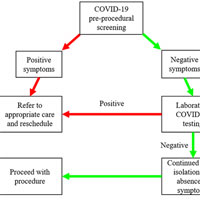
Procedural Sedation in the COVID-19 Era
Resuming procedural sedation services for elective procedures during the COVID-19 pandemic requires unique considerations to ensure safety for patients and providers. Guidelines for resuming these procedures, including timing,... read more

Transpulmonary Thermodilution Detects Rapid and Reversible Increases in Lung Water Induced by PEEP in ARDS
In ARDS patients, changing the positive end-expiratory pressure (PEEP) level induced parallel, small and reversible changes in EVLW. These changes were not due to an artefact of the TPTD technique and were likely due to the... read more
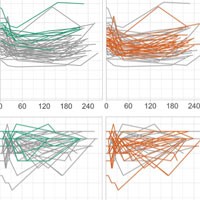
Pharmacokinetics and Sedative Effects of Intranasal Dexmedetomidine in Ambulatory Pediatric Patients
These results demonstrate that intranasally (IN) dexmedetomidine is relatively rapidly absorbed and causes significant sedation in pediatric patients. Pharmacokinetics of IN dexmedetomidine in pediatric patients show quite... read more




